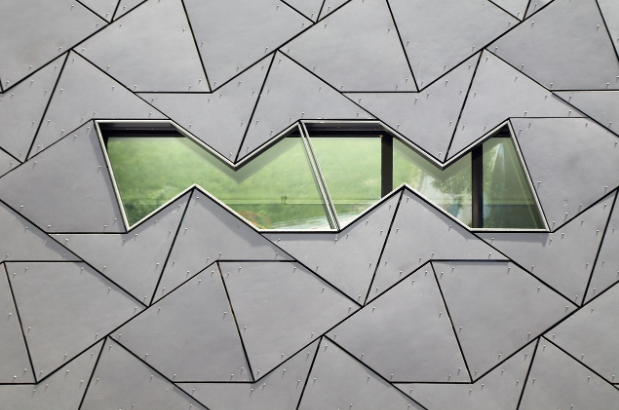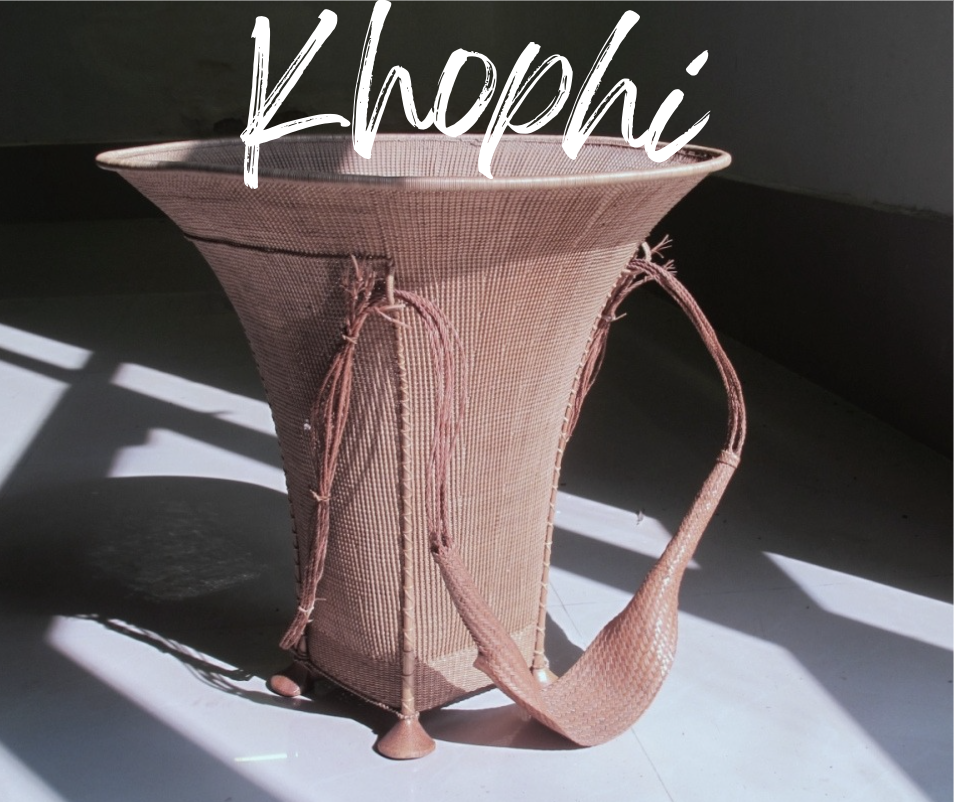Navigating Contradictory Logics In Luxury Retailing: Insights And Strategies For Managers
Sep 09, 2023 | ROBEL SEYOUMBERHE
 Introduction
Luxury retailing is a complex and dynamic field that is influenced by multiple institutional logic. These logics can be defined as socially constructed systems of beliefs, values, and practices that guide the behavior of actors within a particular institutional context. In the context of luxury retailing, three main logics tend to come into conflict: the pragmatic logic of efficiency, the moral logic of authenticity, and the aesthetic logic of beauty. These logics can create tensions and contradictions that can be challenging for luxury retail managers to navigate. However, by understanding the nature of these logics and developing strategies to manage conflicts between them, managers can create positive customer experiences that enhance customer loyalty and drive business success.
We will begin by discussing the three main logics that tend to come into conflict in luxury retailing and how they manifest during the customer journey. We will then explore the practical strategies that luxury retail managers can use to navigate conflicts between logic and create positive customer experiences.
Introduction
Luxury retailing is a complex and dynamic field that is influenced by multiple institutional logic. These logics can be defined as socially constructed systems of beliefs, values, and practices that guide the behavior of actors within a particular institutional context. In the context of luxury retailing, three main logics tend to come into conflict: the pragmatic logic of efficiency, the moral logic of authenticity, and the aesthetic logic of beauty. These logics can create tensions and contradictions that can be challenging for luxury retail managers to navigate. However, by understanding the nature of these logics and developing strategies to manage conflicts between them, managers can create positive customer experiences that enhance customer loyalty and drive business success.
We will begin by discussing the three main logics that tend to come into conflict in luxury retailing and how they manifest during the customer journey. We will then explore the practical strategies that luxury retail managers can use to navigate conflicts between logic and create positive customer experiences.
The Three Main Logics in Luxury Retailing
The pragmatic logic of efficiency is focused on obtaining the kinds of information that will be necessary to make a sound investment. In the context of luxury retailing, this logic is often associated with the use of technology and data analytics to optimize business operations and enhance the customer experience. For example, calculators can be used to compute prices, and mobile phones can be used to check inventory in another store. This logic is driven by a desire to maximize profits and minimize costs, and it can create tensions with other logic that prioritizes different values.
The moral logic of authenticity is focused on the idea that luxury goods should be genuine and reflect the values and traditions of the brand. This logic is often associated with the use of high-quality materials and craftsmanship, as well as the preservation of heritage and tradition.
The aesthetic logic of beauty is focused on
the idea that luxury goods should be visually appealing and create a sense of
pleasure and delight for the customer. This logic is often associated with the
use of design and aesthetics to create a unique and memorable customer
experience. In the context of luxury retailing.
Conflicts Between Logics During the Customer Journey
The customer journey in luxury retailing typically involves several stages, including pre-purchase, purchase, and post-purchase. During each of these stages, conflicts between logic can arise and create challenges for luxury retail managers.
During the pre-purchase stage, customers may be researching products online or visiting multiple stores to compare prices and features. The pragmatic logic of efficiency may be particularly relevant during this stage, as customers are looking for information that will help them make an informed decision. However, conflicts can arise if the moral logic of authenticity or the aesthetic logic of beauty is not adequately represented in the online or in-store experience. For example, if a luxury brand's website is difficult to navigate or lacks high-quality images of its products, customers may be less likely to make a purchase.
During the purchase stage, conflicts between logic can be particularly acute. Customers may be interacting with salespeople who are trained to emphasize the moral logic of authenticity and the aesthetic logic of beauty, while also trying to meet sales targets that are driven by the pragmatic logic of efficiency. This can create tensions between the salesperson's desire to provide a personalized and memorable customer experience and the pressure to close the sale quickly and efficiently. If the salesperson is not able to effectively navigate these conflicts, the customer may feel pressured or uncomfortable and may be less likely to make a purchase.
During the post-purchase stage, conflicts between logic can arise if the customer's experience does not meet their expectations. For example, if a luxury product does not meet the customer's expectations in terms of quality or authenticity, the moral logic of authenticity may be called into question. Similarly, if the customer does not feel that the product provides a unique or memorable experience, the aesthetic logic of beauty may be called into question. If these conflicts are not effectively addressed, the customer may be less likely to make future purchases or recommend the brand to others.
Practical Strategies for Navigating Conflicts Between Logics
To effectively navigate conflicts between logics in luxury retailing, managers can use a variety of strategies that are collectively referred to as experiential hybridization. These strategies involve blending elements of different logic to create a unique and memorable customer experience that meets the customer's needs and expectations.
One strategy is to use technology to enhance the customer experience while also emphasizing the moral logic of authenticity and the aesthetic logic of beauty. For example, luxury brands can use augmented reality to allow customers to visualize products in their own environment, or they can use virtual reality to create immersive experiences that showcase the craftsmanship and heritage of the brand. By using technology in a way that enhances the customer experience while also emphasizing the brand's values and traditions, managers can effectively navigate conflicts between logic and create a unique and memorable customer experience.
Another strategy is to train salespeople to effectively navigate conflicts between logic during the customer journey. Salespeople can be trained to emphasize the moral logic of authenticity and the aesthetic logic of beauty while also meeting sales targets that are driven by the pragmatic logic of efficiency. For example, salespeople can be trained to provide personalized and memorable customer experiences that emphasize the unique features and benefits of the product, while also using technology and data analytics to optimize the sales process. By effectively navigating conflicts between logics, salespeople can create positive customer experiences that enhance customer loyalty and drive business success.
Finally, managers can use experiential hybridization to create unique and memorable in-store experiences that blend elements of different logic. For example, luxury brands can create in-store experiences that emphasize the moral logic of authenticity and the aesthetic logic of beauty while also using technology and data analytics to optimize the sales process. By creating in-store experiences that effectively blend elements of different logic, managers can create a unique and memorable customer experience that enhances customer loyalty and drives business success.
Conclusion
In conclusion, navigating contradictory logic in luxury retailing can be challenging, but by understanding the nature of these logics and developing strategies to manage conflicts between them, managers can create positive customer experiences that enhance customer loyalty and drive business success. By using experiential hybridization to blend elements of different logic, managers can create unique and memorable customer experiences that meet the customer's needs and expectations while also emphasizing the brand's values and traditions. By effectively navigating conflicts between logics, managers can create a competitive advantage that sets their brand apart in the dynamic and complex field of luxury retailing.
Recommended








